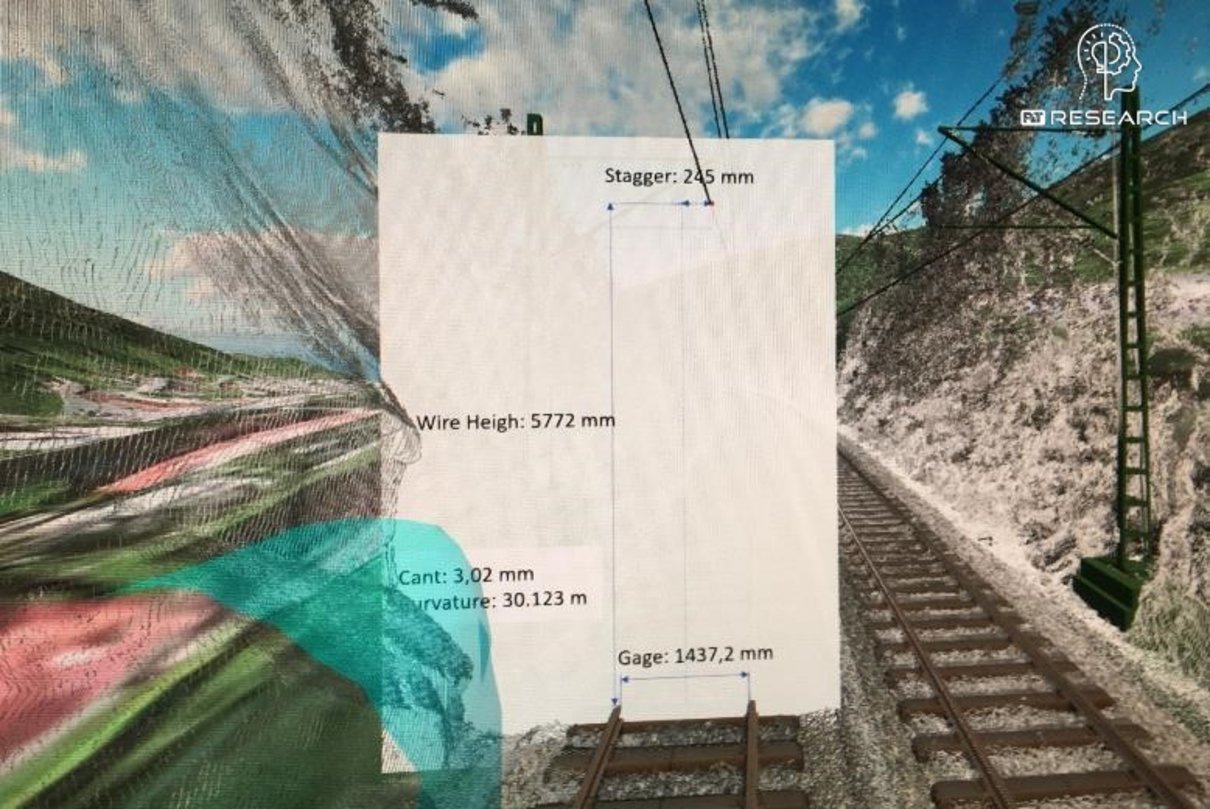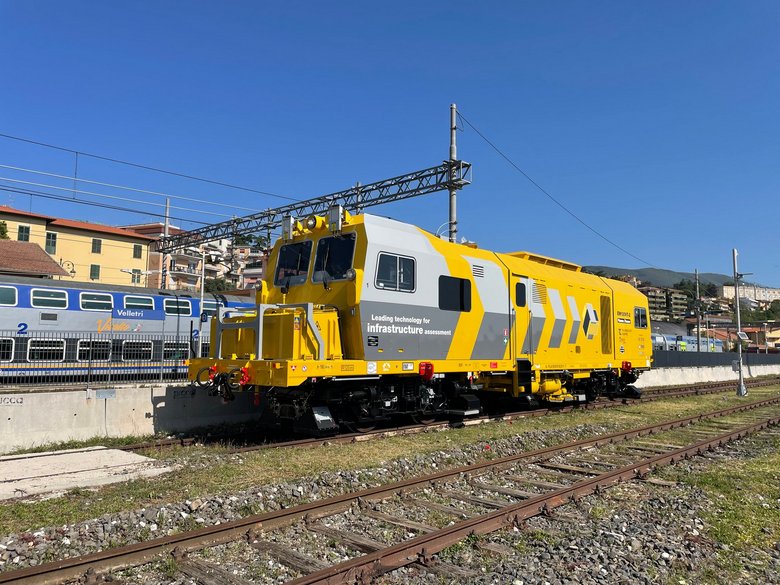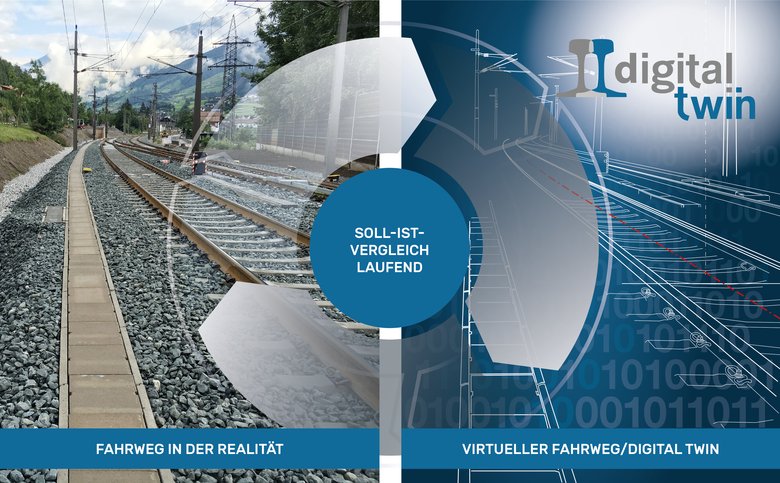EM100VT – The future of track inspection starts today
EM100VT – The future of track inspection starts today
523 track kilometres, 224 turnouts, 80,000 sleepers and far more than 325,000 tonnes of ballast: These are the hard facts about the renewal of the high-speed line 1733 between Hanover and Würzburg.
40,000 long-distance passenger trains, travelling at speeds of up to 280 km/h, and around 10,000 freight trains, carrying 13.7 million gross tons every year, have taken their toll on the 30-years old rail link between Hanover and Würzburg. Now, the time for track renewal has come. In detail, the 327-kilometre line will be fully modernised in four construction phases during a period of around five years (from 2019 to 2023).
Track renewal requires detailed knowledge of the line, its condition and the objects along it. Assessing the condition of the line according to the regulation Ril 832 of DB AG (German Federal Railways) requires an inspection to record all objects manually and make notes in the planning documents. Not only does this take a lot of time, but it is also a risk to the safety of staff as inspections are mostly made when the line is open for traffic. In a first estimate, 60 days of track inspection have been scheduled for the 1733 line.
The EM100VT can handle this task much faster at higher quality – without the need to set foot in the danger zone. Together with the German engineering office Obermeyer, Plasser & Theurer submitted a successful tender for the recording of the line condition. In two work shifts, the EM100VT will travel on both tracks and scan them. The data collected will be prepared for further use. It will be made available to the railway to allow for maintenance planning.
Two laser scanners provide the information needed. They supply around one million data points distributed in space, generating a 3D model of the surrounding. In the track area, the distance between the points in the clearance gauge is a few centimetres only. In addition to the scan data, the machine takes pictures of the line. On the basis of all data collected, a virtual track inspection can be made from the office.
In the future, it will be possible to take data processing one step further. On the basis of the recorded data, a digital twin of the real track will be created. It allows classifying objects such as rails, sleepers, ballast, etc. and makes it possible to carry out measurements such as mass calculations.
Using this new method, Plasser & Theurer has set a milestone in the recording of rail infrastructure, shaping the future of infrastructure management.











